28-Day Moroccan & Israel Grand Adventure


A floating retreat, bound for exciting destinations
Island Princess is your own private retreat on the sea.
Credited with introducing millions of Americans to the concept of a modern cruise holiday, Princess Cruises is still innovating to this day.
Sporting a fleet of 17 ships with capacities ranging from 2,000 to 4,300 passengers, the line is best known for its Alaskan cruises, but travels to destinations the world over.
With an emphasis on destination leadership and local expertise, Princess is an excellent choice for the discerning traveller seeking to sail in comfort.
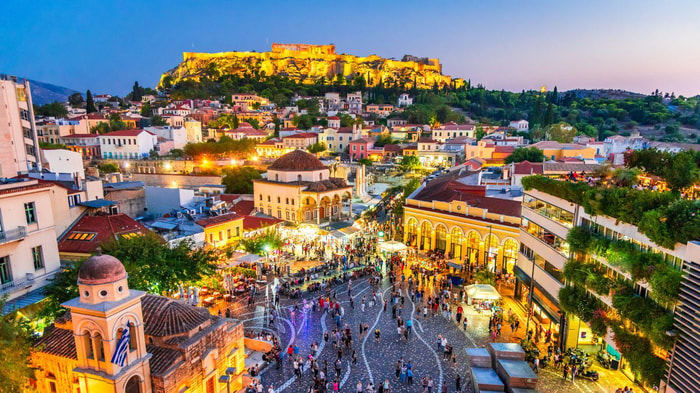
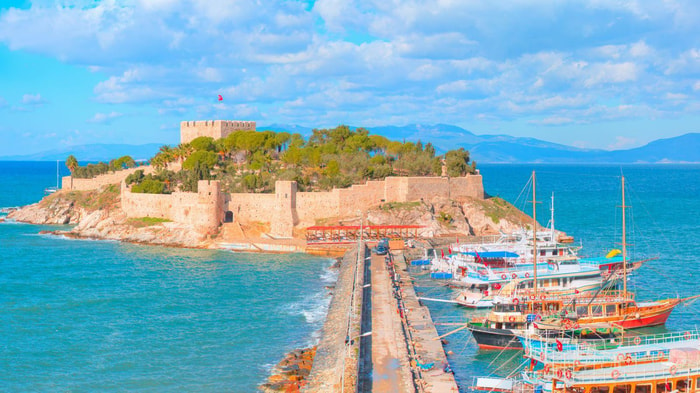
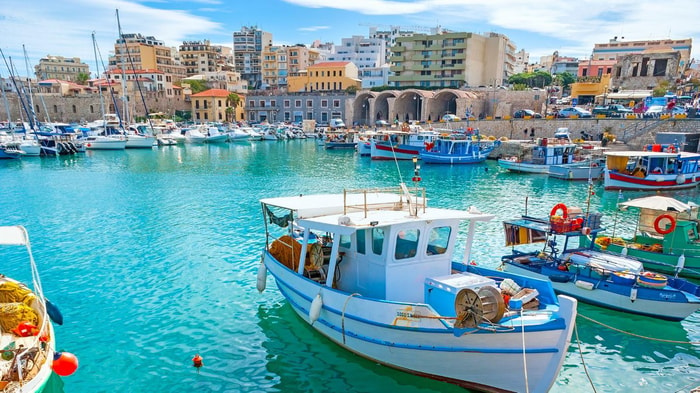

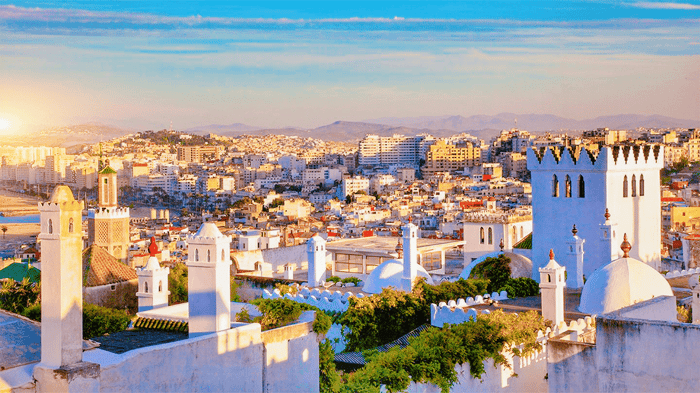


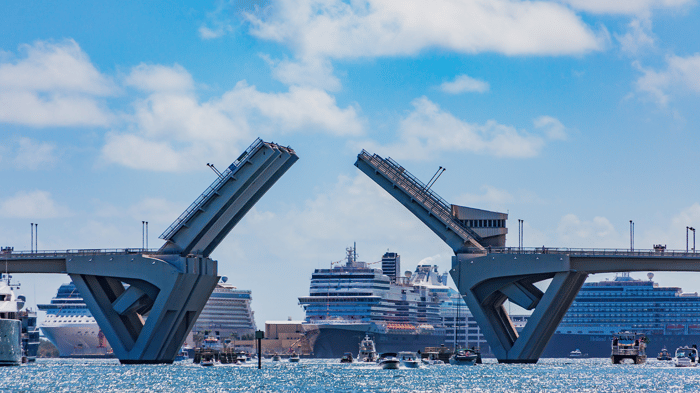

A floating retreat, bound for exciting destinations
Island Princess is your own private retreat on the sea.
